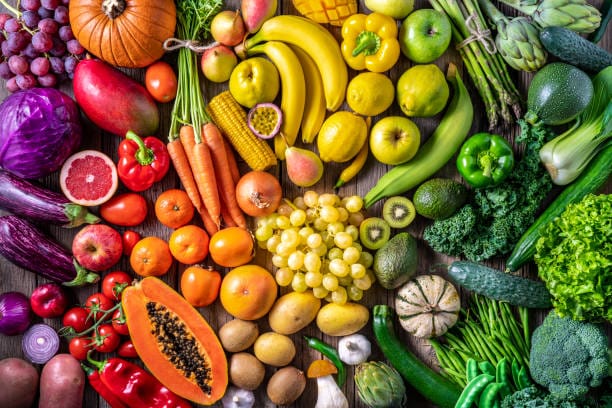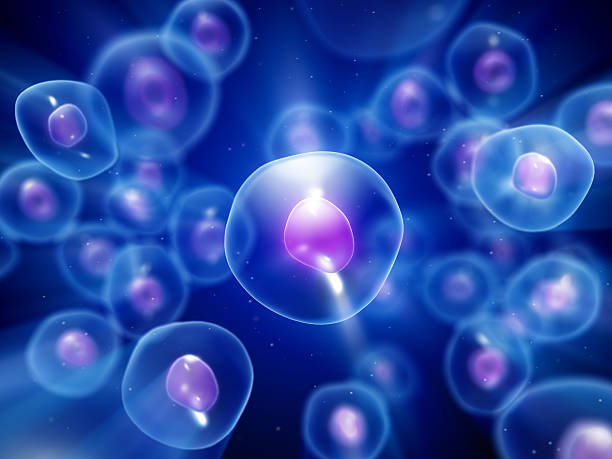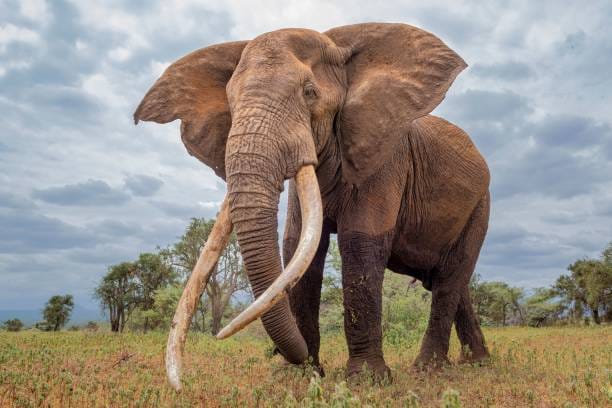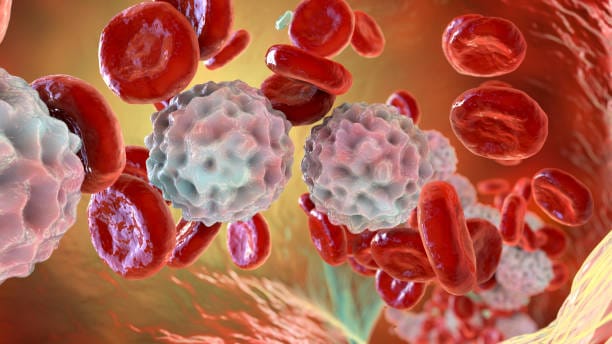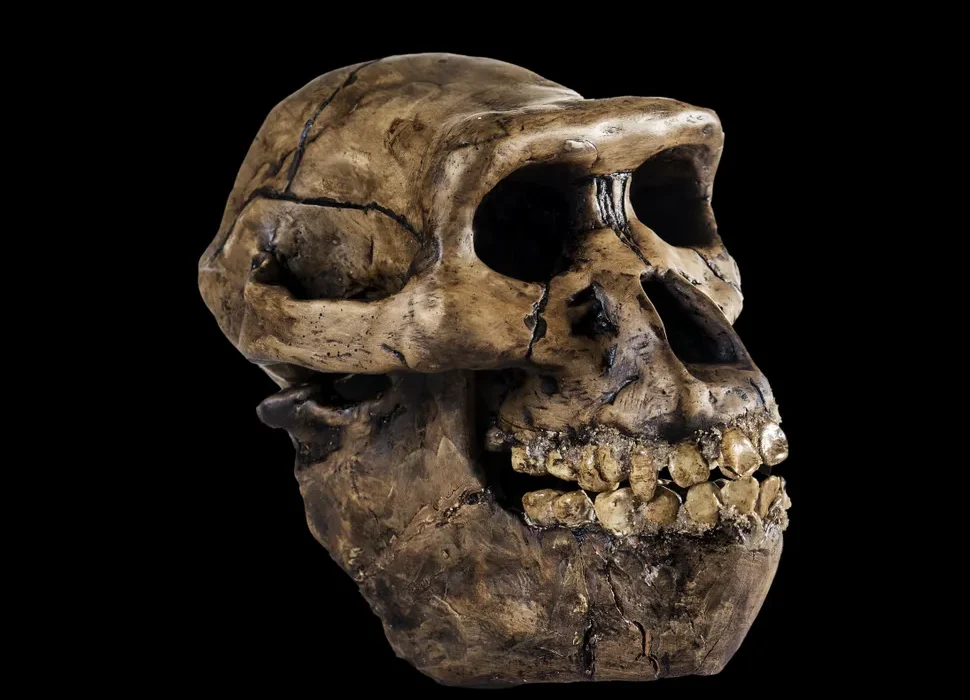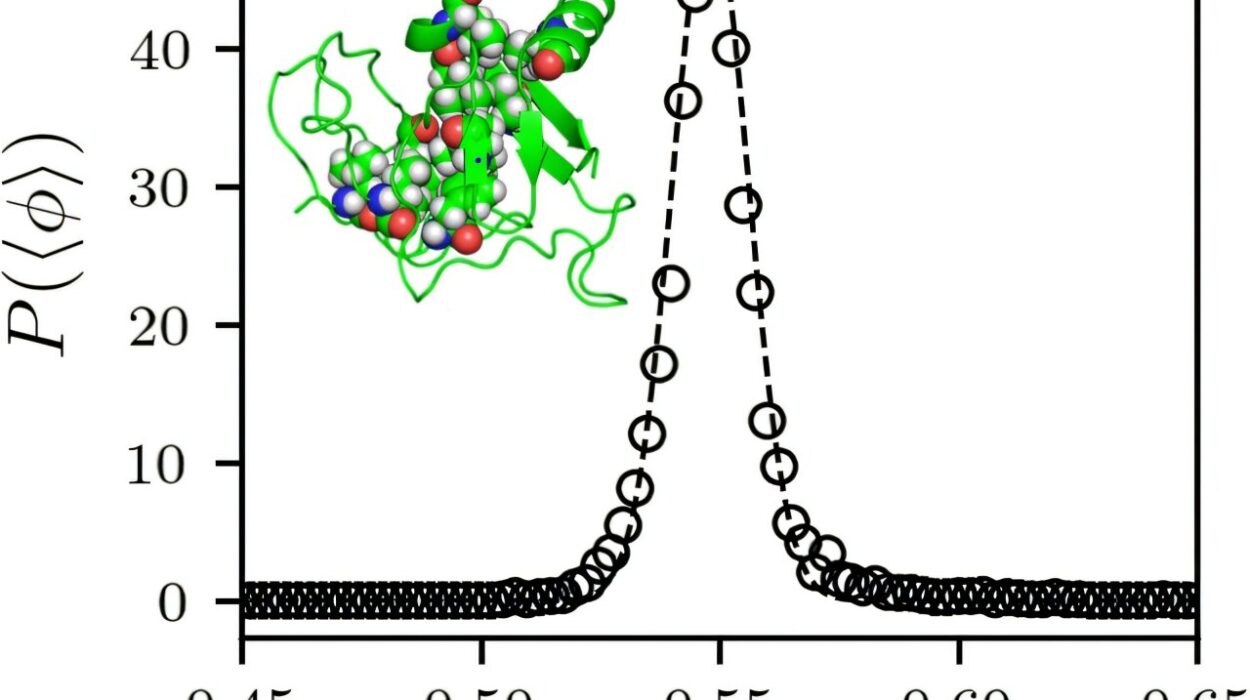Imagine biting into a warm slice of freshly baked bread. The crust crackles, the soft interior melts against your tongue, and a comforting aroma fills your senses. At that very moment, something extraordinary begins. Eating is not merely an act of survival—it is a symphony of biology, chemistry, and physics that transforms a piece of food into the fuel of life. The journey from the plate to the cells is complex, beautiful, and fundamental to our existence.
The process of eating seems simple: chew, swallow, digest. But beneath this apparent simplicity lies a world of microscopic machinery and intricate signaling networks that ensure every cell in our body receives the energy and nutrients it needs. Each meal sets in motion a cascade of events that involve every major organ system. It is a story of transformation, where matter becomes life itself.
Anticipation – The Body Prepares Before the First Bite
Long before food touches your lips, your body is already preparing for it. The mere sight, smell, or even thought of food triggers a reaction known as the cephalic phase of digestion. Salivary glands awaken, producing enzymes like amylase that will soon begin breaking down starches. The stomach starts secreting gastric acid, priming itself to handle incoming nutrients. This anticipatory response is orchestrated by the brain, particularly the hypothalamus, which integrates signals of hunger and expectation.
This phase highlights an astonishing truth: eating is not just mechanical but neurological. The brain and gut communicate continuously through the vagus nerve and a network of chemical messengers, meaning digestion is as much mental as it is physical. The joy of anticipating a meal is a deeply biological phenomenon—a prelude to nourishment.
The Mouth – Where Digestion Takes Its First Steps
When food finally enters the mouth, the transformation truly begins. Teeth tear and grind, increasing the surface area of the food to make chemical digestion easier. Saliva coats each morsel, not only moistening it for swallowing but also beginning to break down carbohydrates into simpler sugars. Enzymes in saliva start their silent work, unseen but essential.
Taste buds on the tongue send signals to the brain, identifying flavors—sweet, salty, sour, bitter, umami—each one carrying information about the food’s composition and potential value to the body. This sensory feedback doesn’t just make eating pleasurable; it helps guide decisions about what and how much to eat. Chewing may seem mundane, yet it is the critical first act in unlocking nutrients from food.
The Swallow and the Journey Downward
With a swallow, food leaves conscious control and enters an autonomic system that manages digestion with remarkable precision. The bolus of chewed food travels down the esophagus, propelled by rhythmic muscle contractions known as peristalsis. A sphincter at the entrance to the stomach opens momentarily to let the bolus pass before sealing again to prevent reflux.
This short journey is more than just transportation—it is a tightly regulated process ensuring that food moves safely and efficiently into the stomach. Even here, hormones and nerve signals are busy coordinating what comes next, a reminder that eating is a whole-body operation from start to finish.
The Stomach – A Cauldron of Transformation
The stomach is a muscular chamber where food is mixed, churned, and bathed in gastric juices. Hydrochloric acid creates an environment so acidic that few microbes can survive it, protecting the body from potential pathogens. This acid also denatures proteins, unraveling their complex structures, while enzymes like pepsin begin slicing them into smaller fragments.
Gastric contractions turn the food into a semi-liquid mixture called chyme. Nutrients are not absorbed here but are prepared for the next phase of digestion. The stomach acts as both a grinder and a chemical reactor, releasing its contents slowly into the small intestine to ensure optimal absorption. It is a place where food truly stops being “food” and starts becoming raw material for life.
The Small Intestine – A River of Nutrients
As chyme enters the small intestine, a flood of activity ensues. The pancreas secretes digestive enzymes that dismantle proteins, fats, and carbohydrates into their smallest building blocks: amino acids, fatty acids, glycerol, and simple sugars. The liver produces bile, stored in the gallbladder and released into the intestine, which emulsifies fats, breaking them into droplets that enzymes can more easily digest.
The inner walls of the small intestine are lined with millions of fingerlike projections called villi, each covered in even smaller microvilli. This creates a vast surface area for nutrient absorption, akin to the size of a tennis court folded into a narrow tube. Here, the molecules of food cross into the bloodstream or lymphatic system, destined to nourish every cell in the body.
This is where the magic happens: bread becomes glucose, fueling muscles and brain cells; cheese transforms into amino acids, building enzymes and tissues; olive oil turns into fatty acids, forming cell membranes and hormones. Eating is not just consumption—it is creation, as matter is repurposed into living flesh.
The Bloodstream – Highways of Energy and Information
Once absorbed, nutrients travel through the bloodstream to reach their destinations. Glucose spikes trigger the release of insulin from the pancreas, allowing cells to take up and store energy. Proteins circulate to support muscle repair and immune function. Lipids provide long-term energy reserves and structural components for cells. Vitamins and minerals act as catalysts for countless biochemical reactions.
This distribution system is finely tuned. If blood sugar rises too high or drops too low, hormonal feedback mechanisms restore balance. Excess nutrients may be stored in the liver or converted to fat for future use. The act of eating, therefore, sets off a dynamic balancing act to maintain homeostasis—a biological harmony crucial for survival.
The Brain – Eating and Emotion
While digestion is mechanical and chemical, eating is also profoundly emotional. The brain’s reward circuits, particularly those involving dopamine, respond to pleasurable flavors, reinforcing eating behavior. Evolutionarily, this helped humans seek out calorie-rich foods essential for survival. Modern diets, however, exploit these pathways, leading to overconsumption of sugar and fat.
Beyond pleasure, the brain monitors satiety signals sent by hormones like leptin and ghrelin. These chemicals inform whether to keep eating or stop. When functioning properly, they prevent under- or overeating. But stress, sleep deprivation, and certain medical conditions can disrupt these signals, demonstrating the delicate interplay between the brain, hormones, and appetite.
The Gut Microbiome – A Hidden Partner
Within the intestines resides a vast community of trillions of microorganisms collectively known as the gut microbiome. Far from being passive passengers, these microbes are active participants in digestion. They break down fibers we cannot digest ourselves, producing short-chain fatty acids that nourish intestinal cells and support immune function.
The microbiome influences metabolism, mood, and even cognition through the gut-brain axis—a two-way communication network connecting intestinal microbes with neural pathways. A balanced microbiome contributes to health, while disruptions can lead to obesity, diabetes, inflammatory diseases, and mental health disorders. Every bite we take not only feeds us but also shapes this microbial ecosystem, making our diet a key factor in long-term well-being.
The Large Intestine – Final Stages of the Journey
After nutrients have been absorbed in the small intestine, what remains enters the large intestine. Here, water and electrolytes are reabsorbed, and microbes ferment undigested carbohydrates, producing gases and beneficial compounds. The colon compacts waste into feces, which will eventually be eliminated. This final stage of digestion underscores the efficiency of the human body—very little of what we eat is truly “wasted.”
Beyond Digestion – Food as Communication
Food does more than fuel the body—it communicates with it. Nutrients act as signals, influencing gene expression, hormone release, and even circadian rhythms. Certain compounds can turn genes on or off, affecting metabolism and disease risk. Omega-3 fatty acids reduce inflammation, while antioxidants protect DNA from damage. A meal is therefore not just calories but a molecular message shaping health over time.
The immune system also listens to food. The gut lining acts as a barrier, distinguishing nutrients from harmful invaders. In conditions like food allergies or intolerances, this recognition fails, triggering inappropriate immune responses. Understanding these interactions is crucial for managing health and preventing chronic diseases.
The Emotional and Cultural Dimensions of Eating
Science explains what happens biologically when we eat, but food is also embedded in culture, identity, and emotion. A bowl of soup can carry memories of childhood. A shared meal can forge bonds of love and community. Stress can alter digestion, while joy can enhance it. Neurochemicals like serotonin, much of which is produced in the gut, link eating directly to mood regulation.
Cultural practices influence not only what we eat but how our bodies adapt to food. Traditional diets often reflect generations of adaptation to local environments, shaping microbiomes and nutrient needs. In an increasingly globalized world, understanding these relationships is vital for promoting health without erasing heritage.
When Things Go Wrong – Disorders of Eating and Digestion
Despite its sophistication, the digestive system is not infallible. Disorders such as acid reflux, ulcers, irritable bowel syndrome, and Crohn’s disease disrupt the delicate processes of digestion. Metabolic diseases like diabetes interfere with the regulation of blood sugar. Eating disorders such as anorexia and bulimia distort the brain’s control of hunger and satiety, highlighting the complex psychological dimensions of food.
Modern science continues to unravel these conditions, seeking therapies that restore balance. Advances in microbiome research, personalized nutrition, and medical technology offer hope for better prevention and treatment of digestive and metabolic diseases in the future.
The Future of Food and Human Health
As our understanding of digestion deepens, the future of food itself is evolving. Precision nutrition—tailoring diets to individual genetics and microbiomes—promises to optimize health on a personal level. Artificial intelligence and biotechnology are creating new food sources designed for maximum nutritional benefit with minimal environmental impact.
Yet, even with these innovations, the fundamental biology of eating remains unchanged. Food must still be broken down, absorbed, and transformed into the building blocks of life. The journey from plate to cell remains a marvel of nature, a process that has sustained humanity for millennia.
The Wonder Within Every Meal
Every time we eat, we participate in a miraculous chain of events honed by millions of years of evolution. From the anticipation in the brain to the symphony of digestion, absorption, and cellular transformation, eating is not a mundane act but a profound biological ritual. It connects us to the earth, to each other, and to the intricate machinery within our own bodies.
The science of food is, at its heart, a story of transformation and connection. It is proof that within every bite lies not just sustenance but wonder. Understanding what happens when we eat reminds us that life itself is a delicate balance of chemistry and consciousness—a dance that begins anew with every meal we take.
